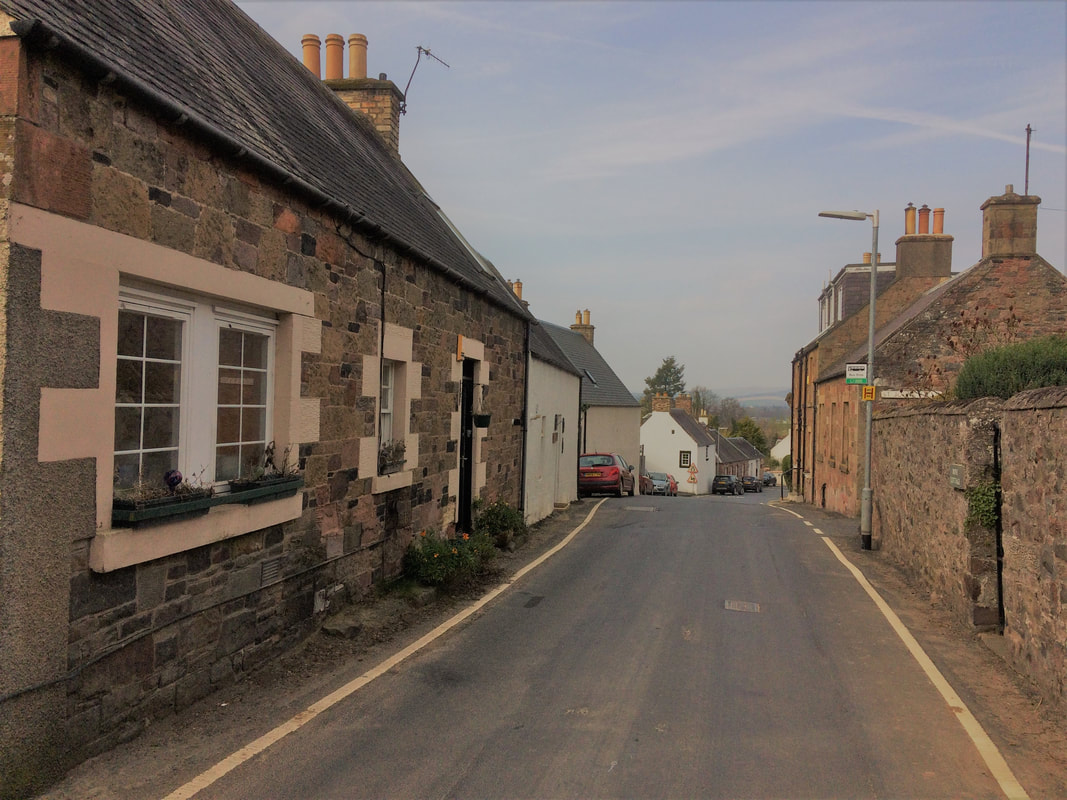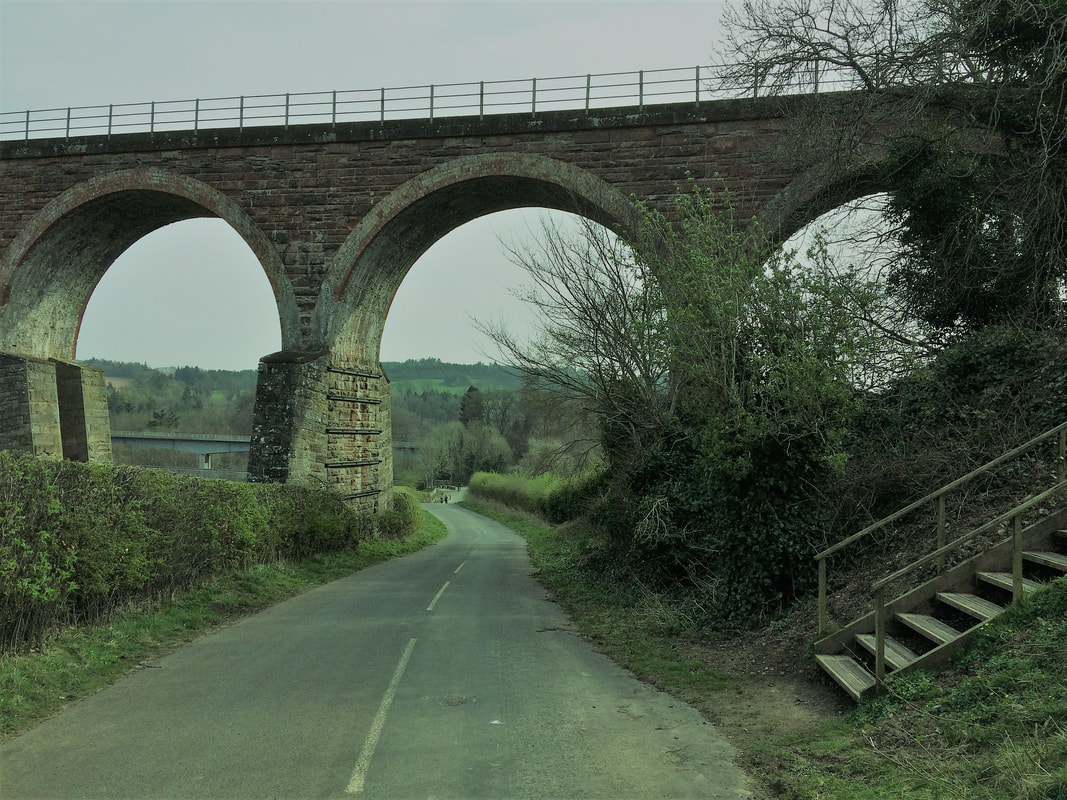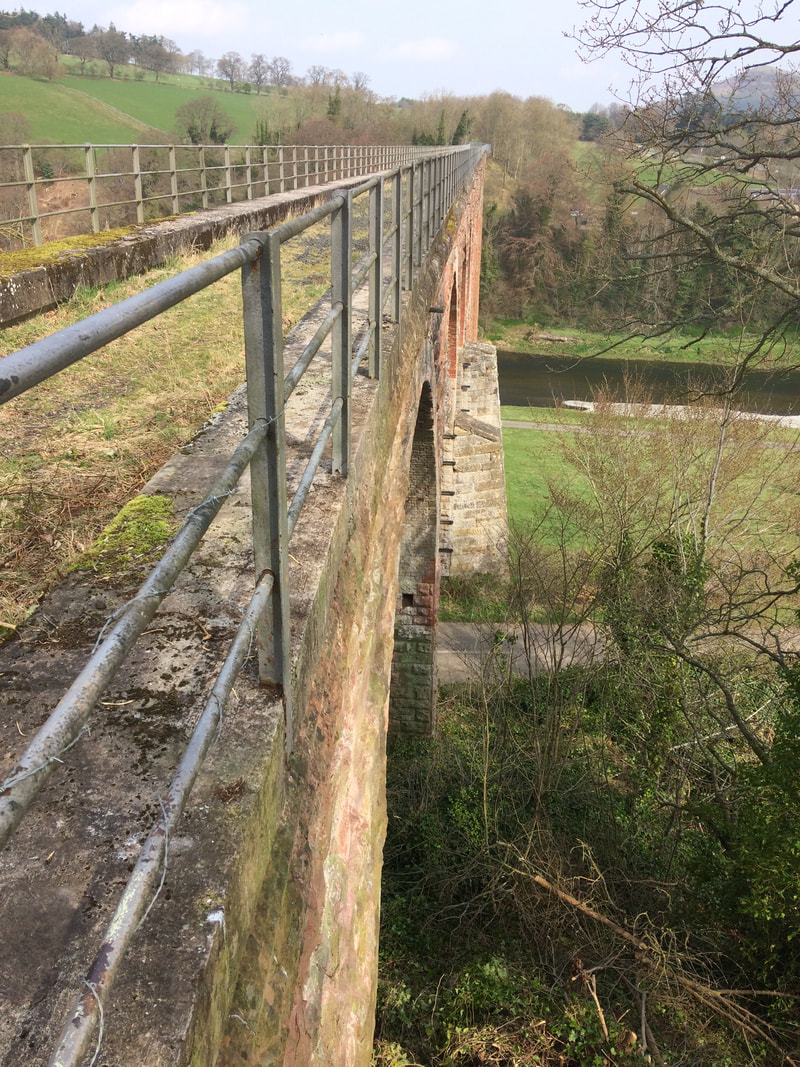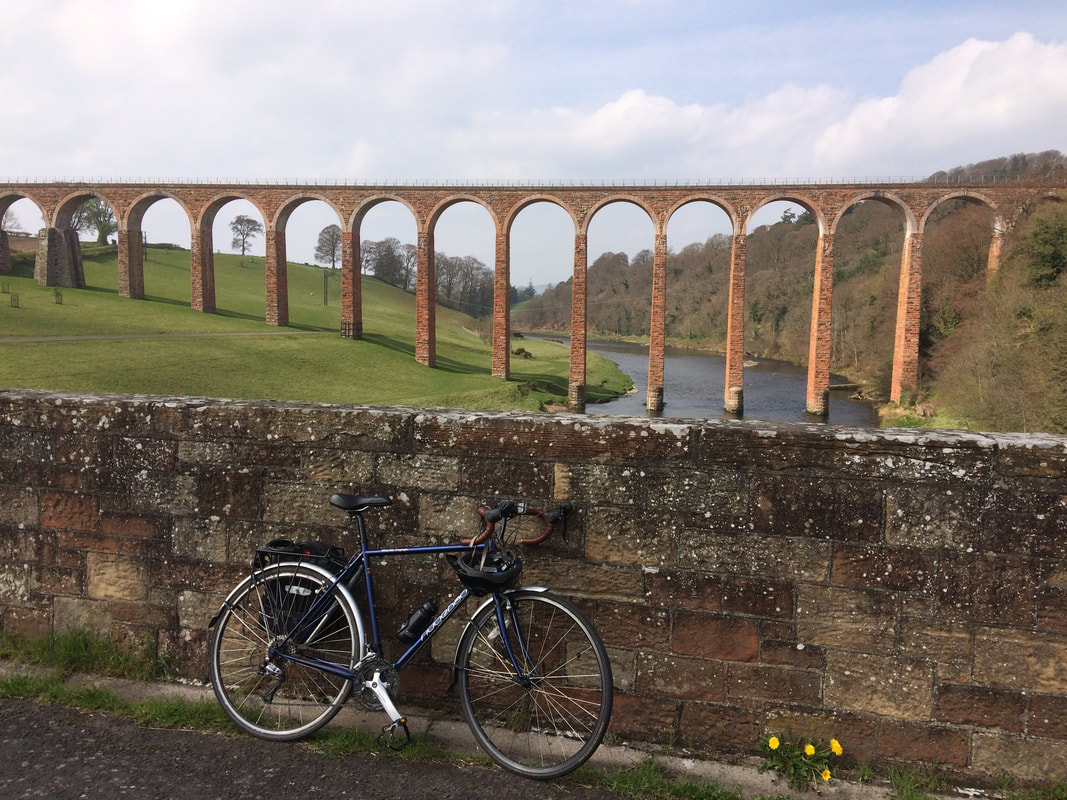|
One of the most magnificent landmarks in the Scottish Borders is the Leaderfoot Viaduct. It is a breathtaking sight with its 19 arches that span the River Tweed. The good news is that it is very easy to travel to. A 4 mile cycle from Tweedbank station on the Borders Railway will take you right there.
Getting There
The Borders Railway makes it easy to visit the viaduct. The last stop on the line, Tweedbank (around 55 minutes from Edinburgh), has a cycle path beginning at the station. This is well signposted, so just follow the blue cycle route signs to Melrose. This route is a mixture of traffic-free cycle path and quiet roads.
Once in Melrose you might want to explore a bit as this is one of Scotland's finest towns with lots to see. Read my blog about Melrose for ideas of things to do.
In Melrose head north on Abbey Street which becomes Annay Road. You will pass Melrose Abbey and soon reach The Abbey Mill. This began life as a corn mill, likely for the Abbey. Later it supplied barley to the Abbey brewery. These days the building houses a country clothing shop with a tea room upstairs.
I popped in for coffee and a scone that was still warm from the oven. It was fluffy inside and one of the best I have tasted. The room has enormous sash windows that let the sun pour in.
Once you reach the end of Annay Road you turn left, onto the B6361, to proceed through the village of Newstead. Oh-so-pretty cottages are jammed right against the road on both sides, flowers spilling from window boxes. Country village perfection indeed.
Once you reach the end of the village you take a left and then the first right (there are cycle route signs showing the way). This will take you to a road that has a gate across it, meaning a traffic-free cycle from here to the viaduct.
This road takes you through the site of a Roman fort called Trimontium. This is the largest Roman site in Scotland. You will come across this stone that summaries the story of the fort:
At regular intervals, along this road, there are interpretive panels that tell you more about the fort. There were several people walking this route and stopping by the panels.
Trimontium was a cavalry fort that housed about 1000 troops. It was well furnished with an amphitheater and bath house. Archaeological digs uncovered amazing objects, like a brass face mask with elaborately braided hair, a bronze cavalry parade helmet and a stash of silver coins. Most of these items can be seen in the National Museum of Scotland in Edinburgh and some at a museum in Melrose.
The first sight of the viaduct will blow you away. Queen Victoria described it as "immense" and that is exactly what it is. After miles of tranquil countryside and fields this man made structure suddenly appears and dominates, but in a way that seems to enhance the landscape.
It is interesting that we regard these once functional structures as beautiful and not detracting from the natural environment that they rest in. However, a nearby road bridge that carries the A68 over the river would be generally considered as ugly. You cannot deny that these Victorian railway structures have an elegance that is rarely matched by modern equivalents.
The road proceeds under the viaduct, but just before it does you will notice a staircase. Stash the bike and jump up there to take a look at the top of the viaduct.
Unfortunately you cannot walk across the viaduct as it is fenced off, but you are able to look down the grass covered track bed.
I found reference to a plan to have some train carriages with a tearoom and museum parked on the viaduct, but this never came to fruition. I quite enjoyed its forgotten state as it meant using my imagination to picture trains crossing it and to simply enjoy the thrill of being so close to such a magnificent structure.
The road beneath the viaduct provides the perfect vantage point to marvel at the incredible height and scale of the arches. From a distance the columns of the arches seem very slender, but close up they look indestructible.
Cycle on to the old stone bridge. It is from here that the best views of the Leaderfoot Viaduct can be had. This bridge dates from 1776. It used to carry the A68 road until it was replaced in 1974 by the adjacent modern bridge. Only cyclists and pedestrians can use this old bridge today, so you are able to pause here for as long as you like.
The story of the viaduct is that it was built to carry a railway branch line to Duns and then connect with the East Coast mainline. It opened in 1865. There was a storm in the late 1940s that caused damage to the line and passenger trains ceased at that point. Freight was still hauled across the viaduct until 1965 when the line was finally closed.
Although the Borders Railway from Edinburgh saw trains return to this part of Scotland it is unlikely that the route across the viaduct will open anytime soon. Even in its heyday the line received small numbers of passengers. Across Scotland there are many remnants of railway infrastructure and this viaduct is one of the most magnificent. I thoroughly recommend coming here and with it being so easy to get to using train and bicycle there is no excuse not to! Why not bring a picnic?
The Leaderfoot Viaduct is one of many places that you can reach easily from the Borders Railway terminus at Tweedback. Here are some other ideas:
Visit one of Scotland's best independent bookshops- Mainstreet Trading in St. Boswells. Head to Scott's View, one of the most beautiful views in the Scottish Borders. Explore Melrose where you will find a great selection of shops, an abbey and beautiful gardens.
2 Comments
Gary
23/2/2021 12:16:47 pm
We, as a group of venture scouts free abseiled from the centre arch back in the early 80's. I'll never forget the height, as now in my late 50's I have a fear of heights! 😀.
Reply
Colin
23/2/2021 12:48:23 pm
Hi Gary. Wow! That sounds amazing and really brave. Thanks for visiting my blog.
Reply
Leave a Reply. |
Categories
All
Archives
July 2024
|

















